Caring for Your Clubs
We've learned a few things about caring for the condition of your clubs that we would like to share with you.
The first suggestion is related to practice swings. We see many players bang their clubs against the turf or practice mat when they are taking a practice swing. I can't think of a benefit from doing it -- if anything, only harm to your clubs or your wrists and elbows will result from hitting the turf or matt with a practice swing. There is no feedback benefit from removing a thick piece of turf in a practice swing.
A related action is banging the club against the turf or practice mat when a player has just had a swing they didn't like. It's usually the result of frustration or impatience. Nothing good comes out of this move either.
These types of heavy impacts can weaken the structure of the shaft and may even weaken the epoxy bond between shaft and clubhead. A few of those heavy impacts can break the shaft off at the hosel. There is generally no warranty from shaft manufacturers for this type of damage. The tip is the strongest part of the shaft -- good luck with trying to convince anyone that the tip was defective.
Cleaning your clubs after each round is a good way to extend the life of the finish and grooves on the clubface. A damp rag will usually be sufficient, but if neccessary get into the grooves with a fiber -- not metal -- brush and dig out the dirt. Removing dirt allows the grooves to function properly and minimizes formation of rust.
Don't lean on your clubs with the full weight of your body. That new premium shaft, and even those not so premium stock shafts, are not designed to provide that type of support. Sometimes we see players "testing" the flex of a shaft by pressing it into the ground. I've never understood this move, but when the shaft breaks warranties don't cover it -- that type of break can easily be distinguished from a possible shaft wall defect, and the manufacturers are wise to those claims as well.
Leaning on your putter to pick up the ball is also a bad idea unless you are trying to alter the shape of the club. Most putters have steel shafts, and they can bend given sufficient applied strain. Putting is challenging enough without introducing a change in the shape of the shaft -- or possibly a change in the lie angle or face angle of the club head.
Our last comment is about caring for the course you play. When we see golfers routinely taking a divot the size and depth of their shoe we wonder why anyone does it. A swing that steep and that forceful has no benefit to ball flight. If the irons and wedges can slide under the roots of the turf, then the golfer is swinging a scythe not a golf club. A golf lesson or two and clubheads with more sole bounce angle will solve the problem and result in lower scores.
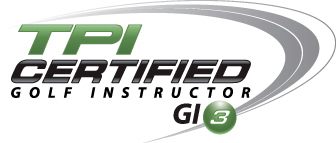
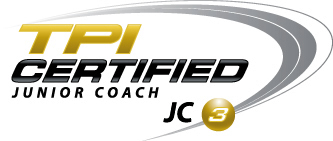
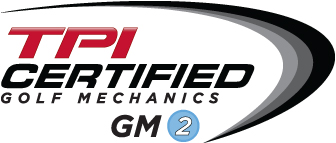



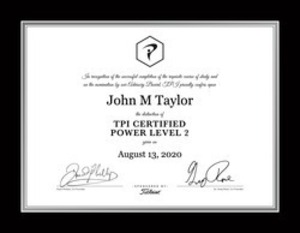


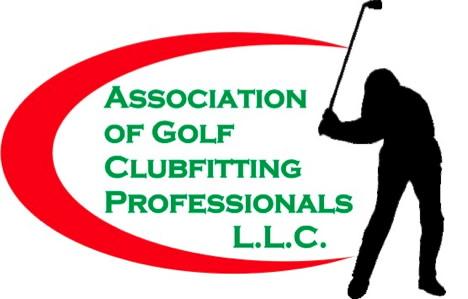

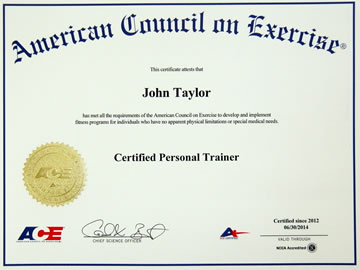








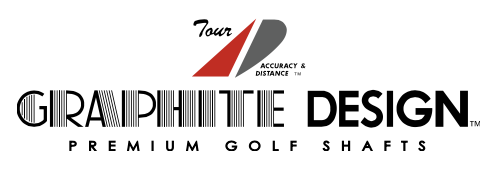



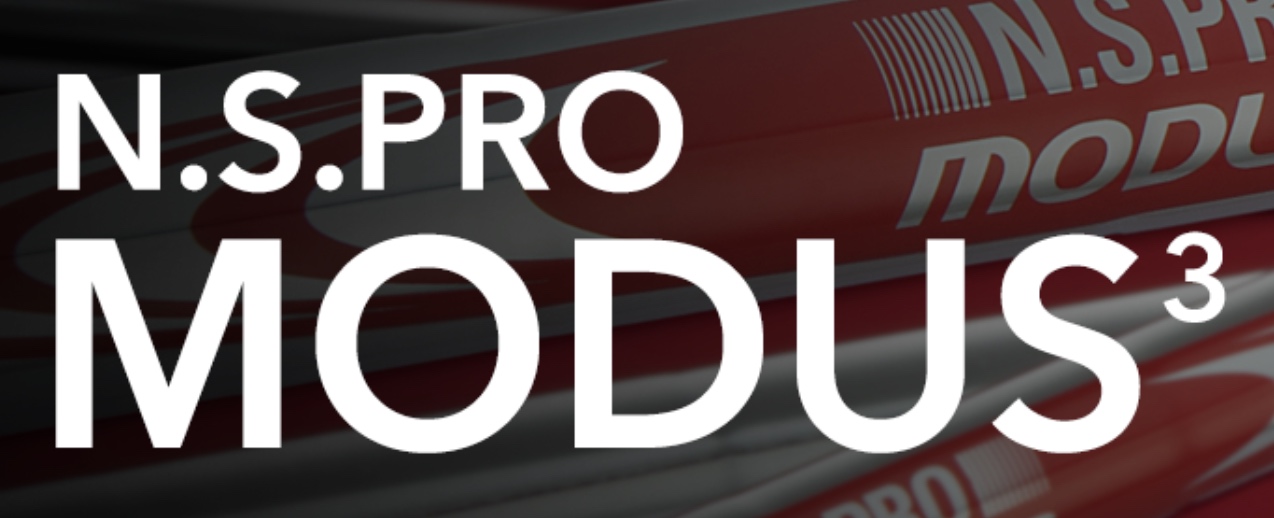


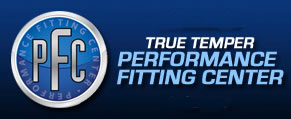

 John Taylor
John Taylor